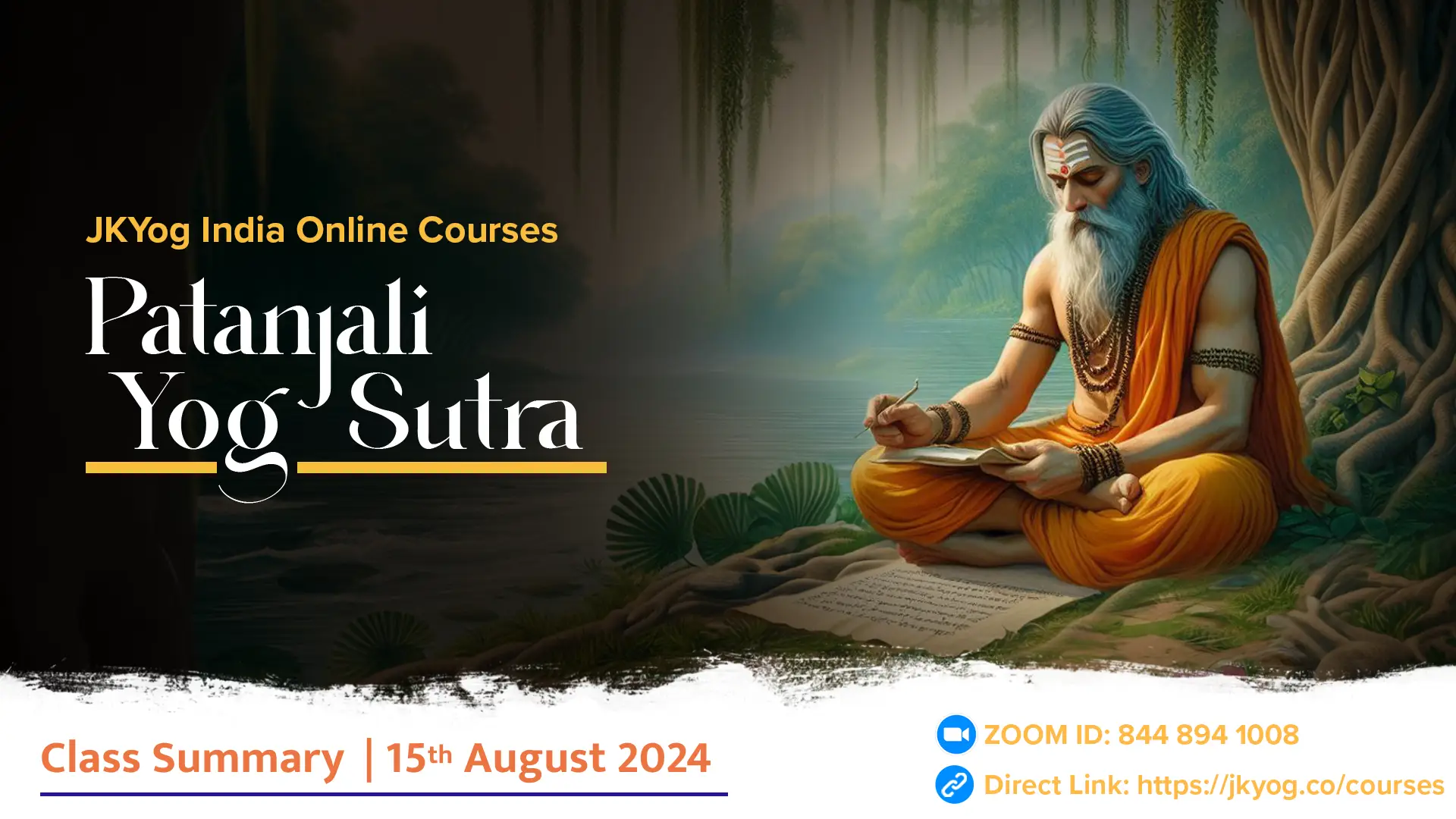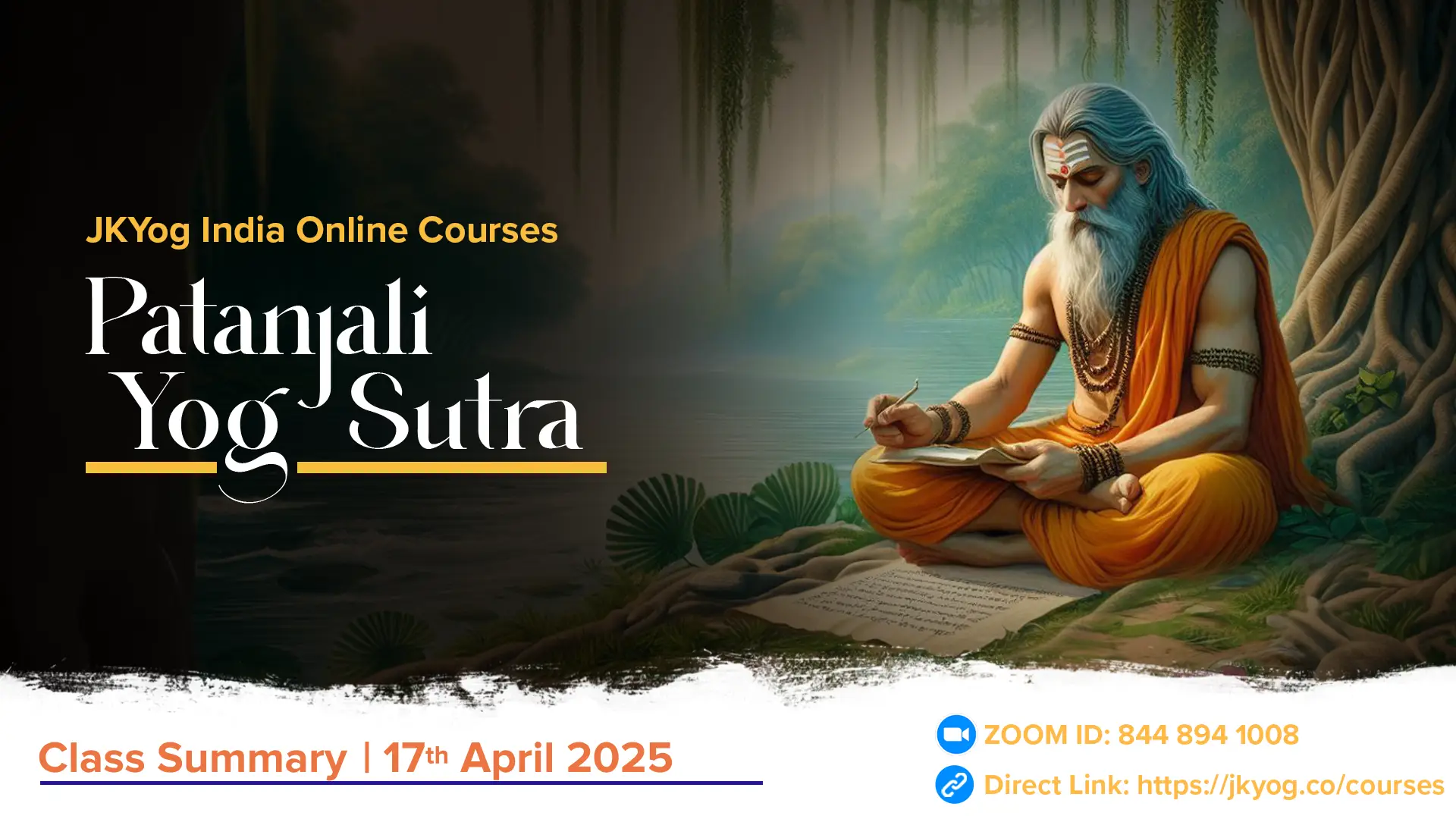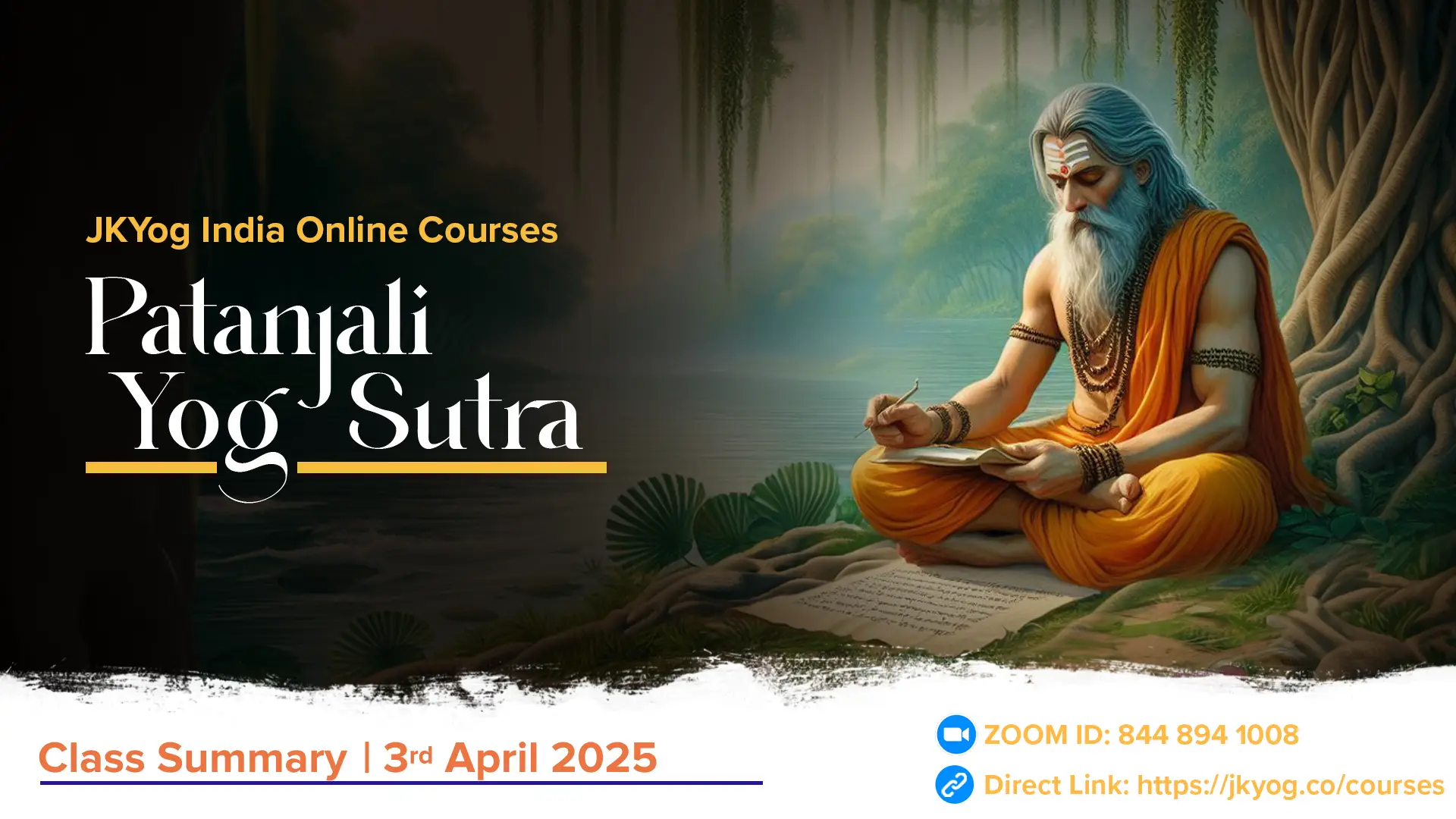स्थिरसुखमासनम् ||
Sthira sukham āsanam || 2.46 ||
Translation: A Yogic posture is one that is stable and comfortable.
Posture is important for any activity
Posture or stance is important for any activity. For example, in military circles, different postures, stances, and marching are taught at the beginning of the training. It contributes to discipline. In cricket, a proper stance is required to tackle different types of bowlers. On the classical music platform, the artists sit in a disciplined manner. In dances, a lot of discipline is required, in the stance, in the movement, and in the gestures presented. Indian dancers observe different types of mudrās to indicate objects and concepts.
Restless movements will disturb the mind
Likewise, in meditation, a disciplined posture is necessary to concentrate in the prescribed manner. Why? Simply because the restless movement of the limbs disturbs the mind’s concentration. The Mind and body are interconnected. If one is disturbed, the other is also perturbed. If the mind says that it is strong, the limbs also will feel so. On the contrary, if the limbs are restless, the mind will also be disturbed. Hence, a perfect and comfortable posture is necessary when one sits for meditation.
Two Types of Asanas
Asana can be viewed from two angles: meditation postures and health-oriented postures. The latter has caught the imagination of the entire world. There are a number of Yoga schools in the West, some following the traditional yoga postures and many promoting postures in a self-styled manner in the name of Yoga. In any case, Sage Patanjali does not seem to discuss much about the health-oriented postures in his Yogasutra.
In the context of the present sutra, it is only a comfortable posture that is prescribed for meditation purposes. Therefore, we can conclude that finding just one that works is acceptable and sufficient. The asana is a comfort zone for a spiritual practitioner. It is a launching pad for the meditation process.
In the Bhagavad Gita, we have more direction on a proper asana along with some other external preferences:
Shuchau deshe pratishthapya sthiram asanam atmanah
Natyucchritam nati-nicam cailajina-kushottaram
(Gita 6.11)
“To practice Yoga, one should make an asana (seat) in a sanctified place, placing kuśa grass, deerskin, and a cloth, one over the other. The asana should be neither too high nor too low.”
Asana should be neither too high nor too low
While commenting on the verse, Swami Mukundananda ji says, “Sauchau deśe means a pure or sanctified place. In the initial stages, the external environment does impact the mind. However, in the later stages of sādhanā, one is able to achieve internal purity even in dirty and unclean places. But for neophytes, clean surroundings help in keeping the mind clean as well. A mat of kusha grass provides temperature insulation from the ground, akin to the yoga mats of today. The deerskin atop it deters poisonous pests like snakes and scorpions from approaching while one is absorbed in meditation. If the asana is too high, there is the risk of falling off; if the asana is too low, there is danger of disturbance from insects on the ground.” We may note that the Bhagavad Gita also does not refer to any particular asana like padmasana for the performance of austerity.
Yogic postures in sculptures
In the Mamallapuram cave temples (near Chennai) belonging to the 7th century, we have sculptures of Yogic postures.
In the ancient Tamil classic, Natriṇai (song no. 22), there is a reference to a Yoga posture. It says that sages observed a posture called nonpiyar kai ooṇ irukkai by which they sat by planting their hands on the floor.
The Ways and Means of Teaching Yoga
Yoga has to be learnt from a proper guru or otherwise traditionally qualified teacher. Haphazard practices and learning from a book alone will complicate the process. Some of the important Yogasanas and their benefits are listed below.
Benefits of some of the Asanas
- Padmasana - For physical, mental, and emotional equilibrium.
- Vajrasana - Regular practice for 5-10 minutes after a meal kindles up digestion. It is useful for insomnia.
- Mandukasana - Increases the digestion. It cures constipation & dyspepsia,
Do you feel Yoga demands your time?
Many people complain that Yoga is a time-consuming process. But, in reality, it reinforces one’s life in time gained since Yoga enables good health. Ganga White said, “In truth, yoga doesn’t take time – it gives time.”
According to Amit Ray, “Yoga means addition. Addition of energy, strength, and beauty to body, mind, and soul.”
As we understand the importance of Yogic postures, we have also discussed that controlling the thought process in the mind is more important than the mechanical performance of the asanas.
Swami Sacchidananda taught, “Calming the mind is Yoga. Not just standing on the head.”
Summary: JKYog India Online Class- Patanjali Yoga Sutra [English]- 15.08.2024








